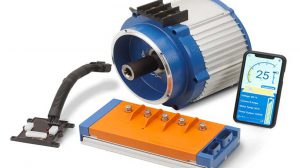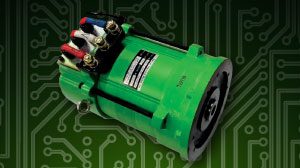QUESTION:
T Z from Colorado asks:
I still do not understand solenoid testing? I put 3 on and it still will not run
ANSWER:
 Next to batteries this is the most requested question I get. I just deleted 3400 emails and about 20% of those where concerning solenoids. You are not alone in this area. It seems no matter how I say it, teach, or talk about it, solenoid testing just keeps raising its ugly head. The area that is most confusing to everyone is the activation circuit. This is all I am going to address in this answer.
Next to batteries this is the most requested question I get. I just deleted 3400 emails and about 20% of those where concerning solenoids. You are not alone in this area. It seems no matter how I say it, teach, or talk about it, solenoid testing just keeps raising its ugly head. The area that is most confusing to everyone is the activation circuit. This is all I am going to address in this answer.
The activation circuit is the two small terminals on the solenoid (A and B). We have to apply two potentials to those two small terminals. One positive potential and one negative potential. Inside the solenoid is a coil of wire and a soft iron core. Applying voltage, the coil of wire cause the soft iron core to move by creating a magnetic field. This core movement opens and closes the secondary contacts causing current to flow from the batteries to the motor. Gas cars or electric cars it makes no difference.
You must understand there are two potentials going to the solenoid coil. One is system battery positive and one is system battery negative. Test one is connecting a voltmeter across the two small solenoid terminals. Across means connecting the negative black voltmeter lead to one of the small terminals and the red positive voltmeter lead to the other small terminal. Activate the system by placing the key in on position, shifter in forward, and pushing on the accelerator. If you read system voltage (12, 24,36, or 48 volts) and the solenoid does not “click” the solenoid coil is open (C). Replace the solenoid. If the solenoid “clicks” this means you have issues in the power circuit (different topic).
Let’s say you do not read system voltage. What this means is you are missing one of the voltage potentials. This is where people get confused. How do we find that missing potential? First of all, you must determine exactly what system the car has in it! Is it a shunt system or series? What type of Shunt system and so on. Pull out the correct wiring diagram for the car system. Determine which wire on the small solenoid terminal is a positive potential. Hint, if the car uses a controller protection diode the cathode end is positive (white band end P+). Place the voltmeter red positive lead to the positive connection on solenoid small terminal. Place black voltmeter lead to battery pack negative. Activate the system. If you do not have system voltage you must check the positive in-put side. Confirm you have voltage (positive) to the key switch, foot pedal switch, shifter micro switch, run/tow switch and so on. Some really older cars have a negative circuit going through the key switch so pay attention to the car system. Then, repair broken switch or wire in the positive circuit.
If system positive is present then check the negative circuit. Place voltmeter black lead to the anode side or negative side ( B-) of small activation connection. Place red lead of voltmeter to system battery positive (at number one battery). Activate the system, if you do not read system voltage you have an open in the negative circuit.
So far just plain simplistic tests. However, this is the confusing part for most people. Today’s market uses the controller (some systems) to deliver a positive or negative potential to solenoid. So it is imperative you have the correct diagram for troubleshooting the system. One system uses a computer to deliver in-puts to the controller first and then from the controller to solenoid. One system delivers battery negative from a computer directly to solenoid negative. Confirm all in-put voltages and out-put voltages and you will find the lost potential. You must understand the use of a voltmeter and system procedure for today’s complicated systems. End part one.











